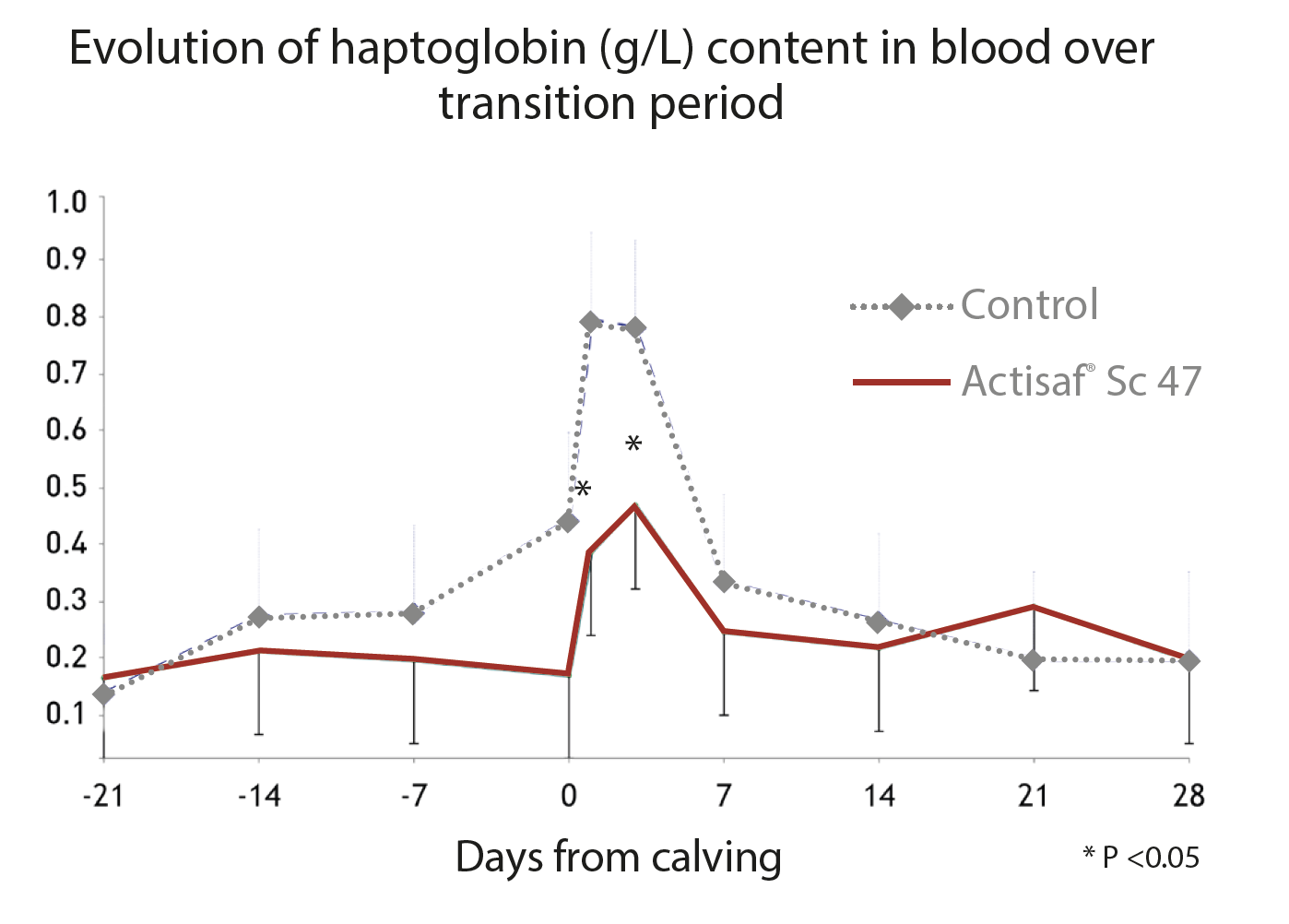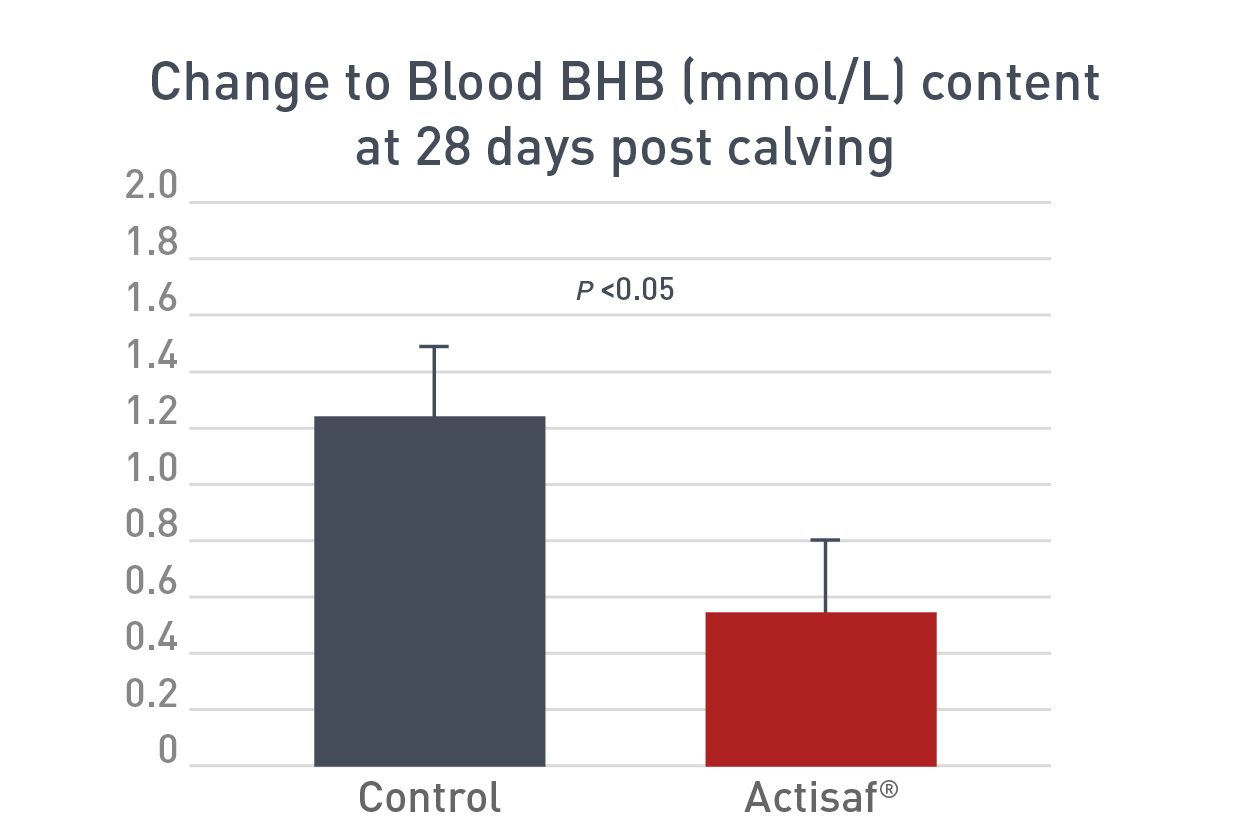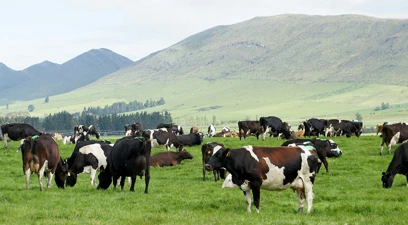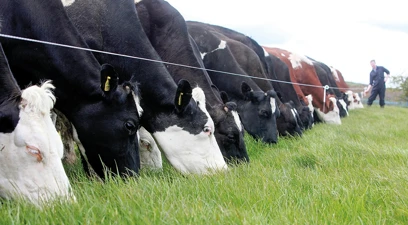The transition period and early lactation: a springboard to a successful lactation
Published: 10 January 2025
A focus on management and nutrition during the 3 weeks pre- and post-calving makes all the difference to performance in the next lactation…
The transition period includes the three weeks pre- and post-calving is a crucial point for the success or failure of the whole lactation, alongside the first three months of lactation, also known as the early lactation period.
Period of high demand
We ask a lot of the cow after calving. We need her to reach peak milk and solids yield in the first 60-80 days as this determines her total potential yield for the season, as well as her ability to produce more milk from grazed grass later in the year. She also must get back in calf in the first three months to maintain a 365-day calving interval.
If she struggles during the transition period, her ability to reach these targets is compromised, directly impacting herd profitability.
Late pregnancy, calving and early lactation put a lot of strain on cows’ bodies in a relatively short period of time. They can cope with higher demands for energy and calcium by mobilising nutrients from their own body reserves, but problems arise when this is compromised or the gap between the supply and demand are too large.
To ensure herds are supported during this stage, management and nutrition should be carefully considered.
Meeting Nutritional Demands
Requirements for essential nutrients increase significantly from 3 weeks pre-calving to 4 days post-calving. Demand for fatty acids increases five-fold, calcium increases four-fold, glucose demand triples and amino acid needs double.
However, dry matter intake (DMI) is significantly reduced during this time and insufficient to meet these nutritional needs. Intakes won’t catch up for around 10-12 weeks, creating a negative energy balance (NEB). This energy deficit forces the cow to mobilise body reserves to meet maintenance and milk production needs.
While some body condition loss is acceptable, more than 0.5 BCS reduction will severely affect health and performance. Over-conditioned cows risk mobilising excessive fat, leading to fatty liver and impaired glucose metabolism. Underconditioned cows, on the other hand, may lack the reserves to fill the energy gap, increasing their risk of clinical ketosis.
If NEB lasts for too long during early lactation, this can have detrimental effects on fertility and weaken the immune system.
The Risks of Metabolic Disorders
A cow with a metabolic disorder is more likely to suffer from other issues; for example, a case of milk fever increases the risk of mastitis eight-fold. Approximately 75% of cow illnesses occur in the two months post-calving, often rooted in transition-related issues.
The biggest threats include clinical and sub-clinical ketosis, which result from prolonged or excessive NEB, and immune suppression, which heightens susceptibility to diseases like mastitis and metritis.
Clinical signs of NEB or ketosis (down cows) are relatively rare in Ireland, affecting about 2% of cows. However, sub-clinical ketosis impacts an estimated 30% of herds and is indicated by raised ketone levels. Over- and underconditioned cows are at greatest risk of this ‘silent’ condition, which has significant consequences:
- Twice as likely to be culled within 60 days.
- 8x increased risk of displaced abomasum.
- 5x higher risk of retained placenta.
- 3x higher risk of metritis.
- 6x increased risk of cystic ovaries.
- 22-day delay to first oestrus.
Optimising Nutrition and Management
To navigate these challenges, farmers should focus on maximising DMI and providing energy-dense, balanced diets. Glucogenic diets, rich in propionate precursors, are particularly effective at boosting milk yields, reducing body condition loss, supporting the immune system and getting cows to show strong heat after calving.
In spring-calving herds, managing grass utilisation while ensuring milk solids and fertility is a delicate balancing act. Inclement weather and grass quality variability add complexity to this, making appropriate supplementation essential to bridge nutrient gaps.
Front-loading concentrate feeding during the first three months of lactation is a proven strategy. Gradually building up grass intake through techniques like on/off grazing also helps cows and, more importantly, their rumen microbes adapt to dietary changes. As a rule of thumb, cows can consume approximately 5kg of dry matter in 3 hours on well-managed swards, weather permitting.
Inflammation and Immune Response
Early lactation triggers a normal immune response as the cow deals with uterine involution and pathogen challenges in the udder or teat canal. Short and sharp inflammation is a natural part of this response to resolve infections, but prolonged inflammation saps energy away from milk production and fertility and lowers dry matter intakes.
This can cause a downward spiral if not rebalanced which ultimately makes the cow more prone to picking up metabolic disorders, reduced milk and solids production for the whole lactation and impaired fertility. Recent studies show that an activated immune response can utilise up to 2kg of glucose (energy) daily
The Role of Actisaf® in Transition Management
Actisaf® live yeast is a valuable tool for farmers aiming to support cows through the transition period and early lactation. A considerable number of peer-reviewed studies show that Actisaf® increases glucose supply and improves fibre digestion, while reducing the risk of acidosis.
It does so by promoting the growth of beneficial rumen microbes like M.elsdenii, which converts lactic acid into propionic acid—an essential glucose precursor that cows need to address NEB. This helps cows close the energy gap, improves rumen function and optimises nutrient digestion.
Recent research demonstrates several more benefits of Actisaf® supplementation at 10g/cow/day:
- Higher intakes post-calving:
Actisaf® reduces the typical drop in DMI before calving and encourages quicker recovery after. - Increased milk yield:
Cows supplemented with Actisaf® produced up to 2.8kg/day more energy corrected milk during early lactation, as well as greater and more prolonged peak yields. - Improved energy balance for reduced inflammation and lowered risk of ketosis:
Reduced haptoglobin levels signify less inflammation due to less energy diverted from production and reproduction (Figure 1). Lower blood BHB levels at 28 days post-calving demonstrating a clearly reduced risk of sub clinical ketosis. (Figure 2)


Related Tech Info

Under pressure from all sides, the dairy industry is exploring ways to reduce its environmental impact, while also maintainin...

Thinking about forage from the rumen microbes’ perspective, by our technical manager Kevin Doyle

As dairies across the UK and Ireland look ahead to winter feeding, there is much to be considered. With high feed costs and l...
